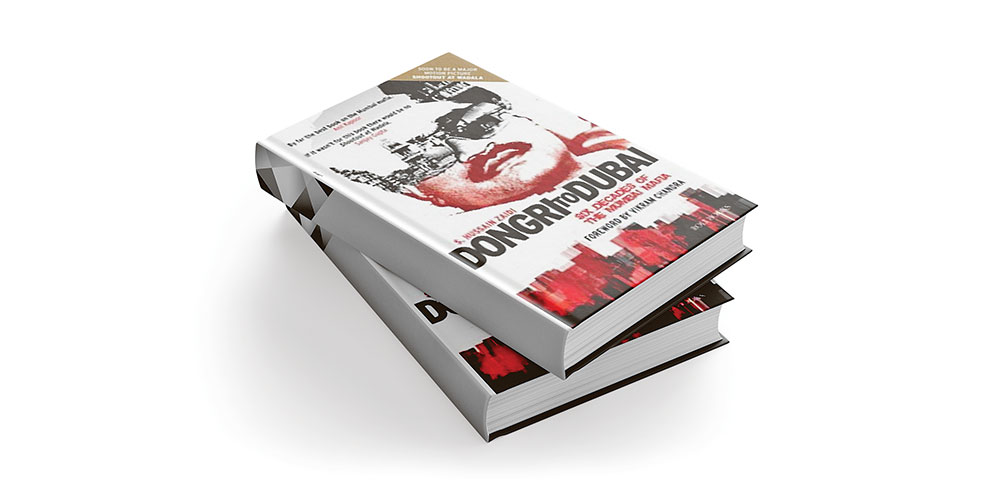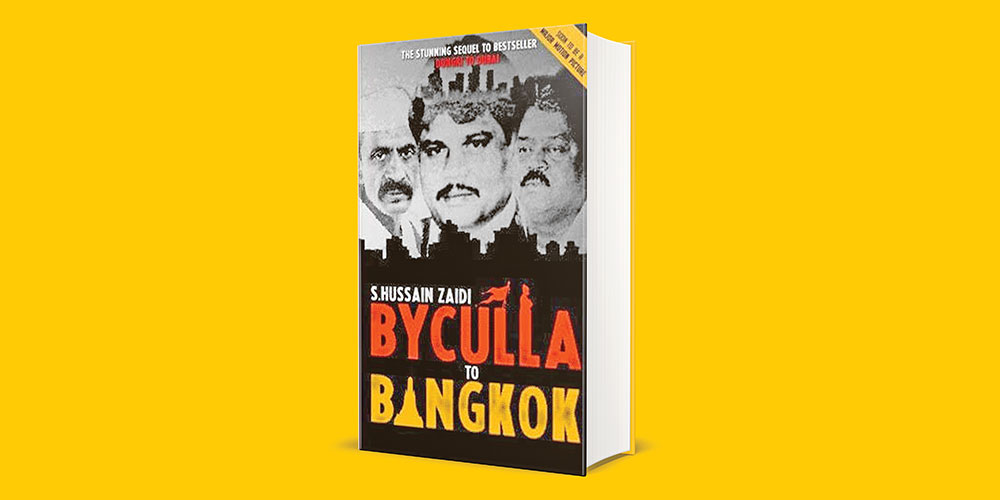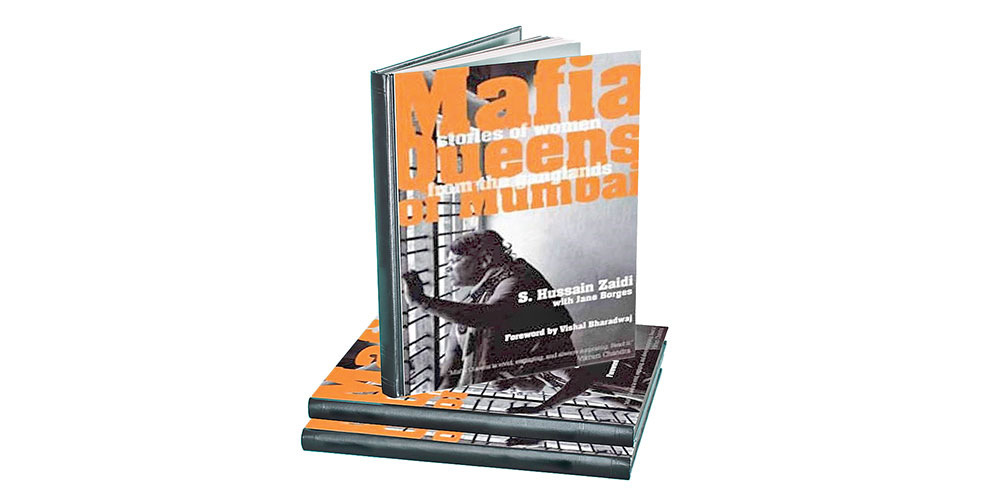Another trip down the Crime Alley
- 22 Dec - 28 Dec, 2018
ou have seen them in films, you have heard about them too but have you read about the very people that made Mumbai the capital of Indian underworld. S. Hussain Zaidi’s Dongri to Dubai was the first such book to bring forth the past and the present of the Mumbai mafia which ruled the city from the 1940s till the 1990s when they were eventually forced to flee by the police.
At first, the names of Haji Mastan, Karim Lala, Varadarajan Mudaliar, Chhota Rajan, Abu Salem, and Dawood Ibrahim might seem more fictional than real but trust me, the story of these gangsters is more interesting than any Hindi film you have seen. In fact, many recent Bollywood films including Shootout at Wadala were inspired from this book that chronicles the life of many small and big criminals who ruled the streets of Mumbai with an iron fist.

If you didn’t know that the father of Dawood Ibrahim was a constable in ‘Bombay’ and that the son started as a pawn in the hands of the very people he hated, the Mumbai police; or the name of the person behind the supari culture in Mumbai or in how many parts were the city divided at the time of the creation of India, you have to read this book. Primarily, it chronicles the story of a young boy who achieved everything in life because of his ambition and lust for power. On the sidelines, it discusses the rise and fall of notorious smugglers Haji Mastan and Varadarajan Mudaliar who were undisputed kings of Mumbai before the Pathan gang gave them a tough time and the deadly reign of Manya Surve hurt them badly.
The book doesn’t just ponder on the evil side of these gangsters; it also touches their human side and that’s why you feel sympathetic to Haji Mastan and Dawood Ibrahim who stood for the Muslim clan especially after the Hindu-Muslim riots in the early 90s. It was due to latter’s alleged involvement in the 1993 Mumbai Blasts that Dawood Ibrahim escaped from Mumbai for good; how and why he did that is what is explained in this book in a way that would remind you of your favourite suspense writer.
S. Hussain Zaidi uses his experience as a crime reporter to chronicle everything bad that happened in Mumbai during the first 70 years of India’s independence; his writing style compels you to read the book and the only time you would keep it down is when you feel tired or scared as it covers a lot of ground realities and killings of rival gang members, executing police officers and eliminating competitors.
Don’t be surprised to know that besides smuggling, these people were involved in extortion and video piracy which is why some of them even produced Bollywood movies, as shown in Sanju. According to the writer, it was in the 1990s – when music baron Gulshan Kumar was assassinated – that the Mumbai Police decided to take action against the mafia resuting in its downfall.

If Dongri to Dubai dealt with the Muslim gangsters of Mumbai, its sequel Byculla to Bangkok dealt with the Hindu mobsters of the same city. It continues from where the earlier book ends and discusses the careers of Chhota Rajan, Arun Gawli and Ashwin Naik in detail. The Bollywood film Daddy was based on this book since Arjun Rampal played Arun Gawli the gangster-turned-politician on the screen. Like the original book, this one highlights the incidents that witnes a Civil Engineer Ashwin Naik become a wheelchair-bound gangster or how Chhota Rajan became the enemy of the man who mentored his early days. The narrative is quite similar to the earlier book and at times seem fictional but when you check about the incidents elsewhere, you will get to know that every detail in this book is 100% correct.

Although this book (written in collaboration with Jane Borges) about the female gangsters of Bombay/Mumbai was the first in the series by S Hussain Zaidi (after Black Friday), it should be read after Dongri to Dubai because only then can a reader understand its magnitude. Here you will get to know that freedom fighter-turned-bootlegger Jenabai Daaruwali was named so because of her profession; there was one burqa-clad beauty whose main ambition in life was to avenge her dead husband’s murder while there were a few female gangsters who looked after their husbands and were partners in their crime, despite maintaining innocence. In all, there are 13 stories in this book that bring together 13 mafia queens of Mumbai who dealt with smuggling, prostitution, and even acted in films, with the name of Monica Bedi adding colour to a rather black-and-white book.
COMMENTS